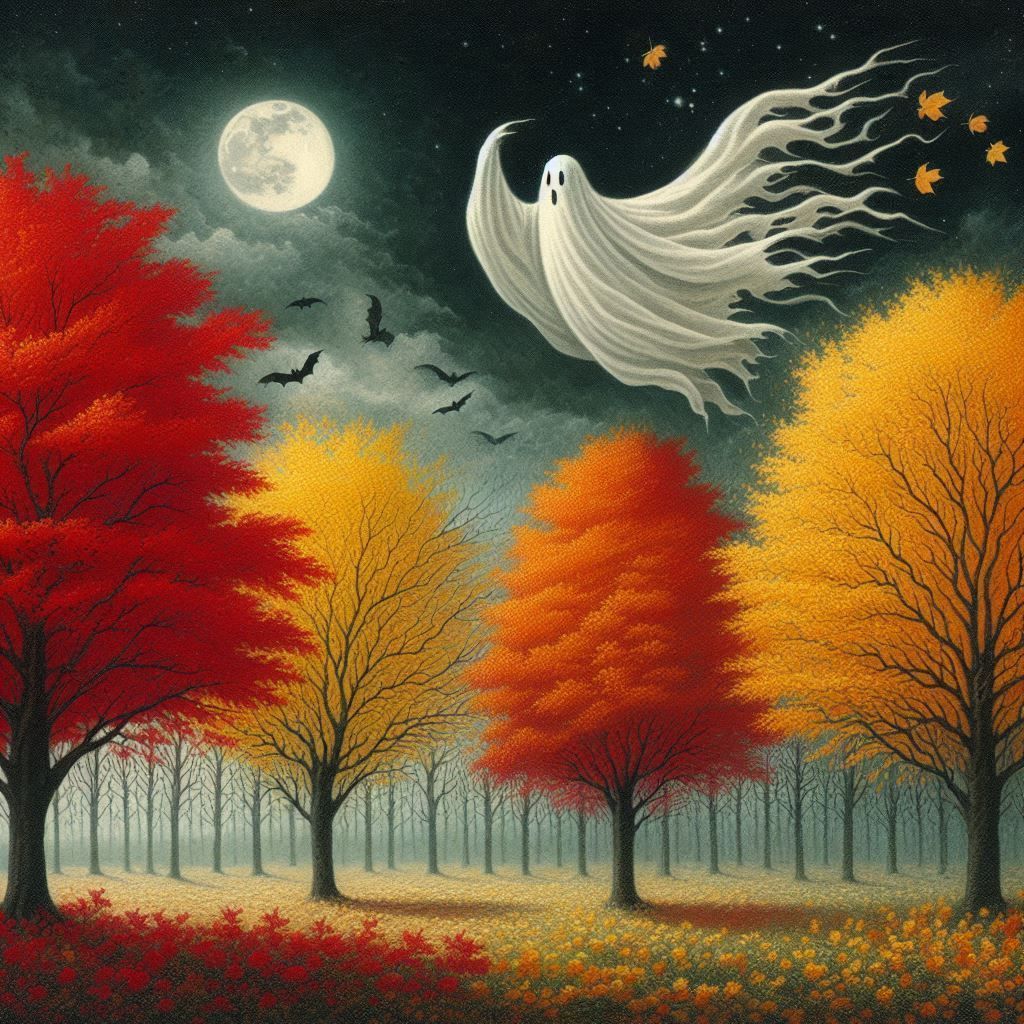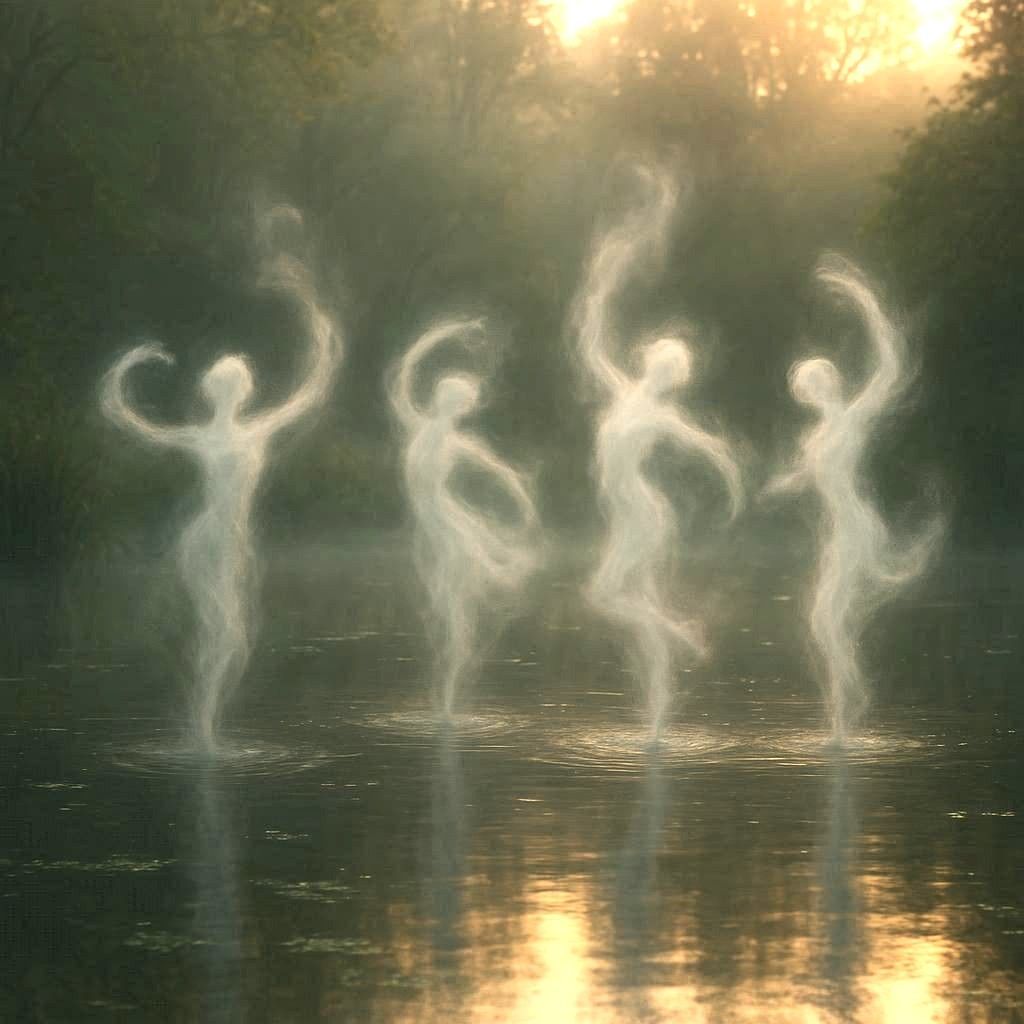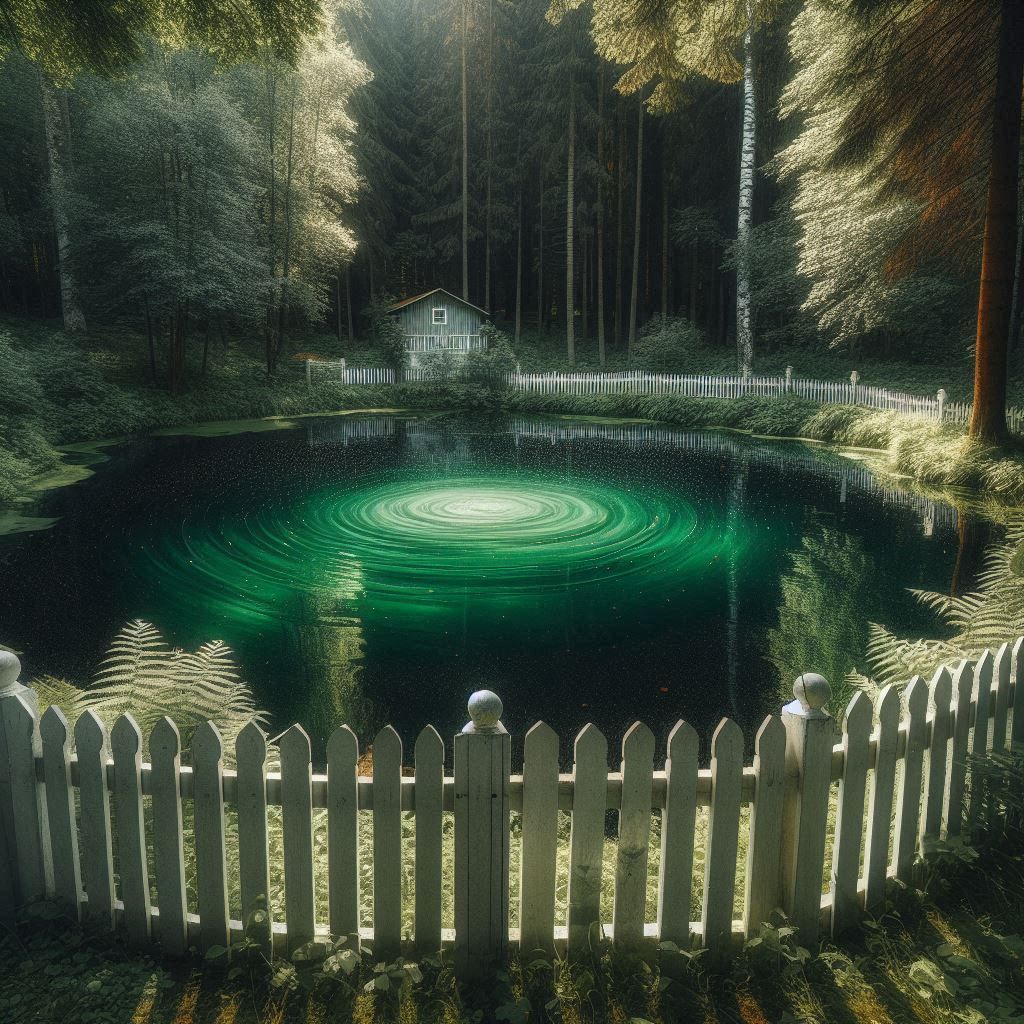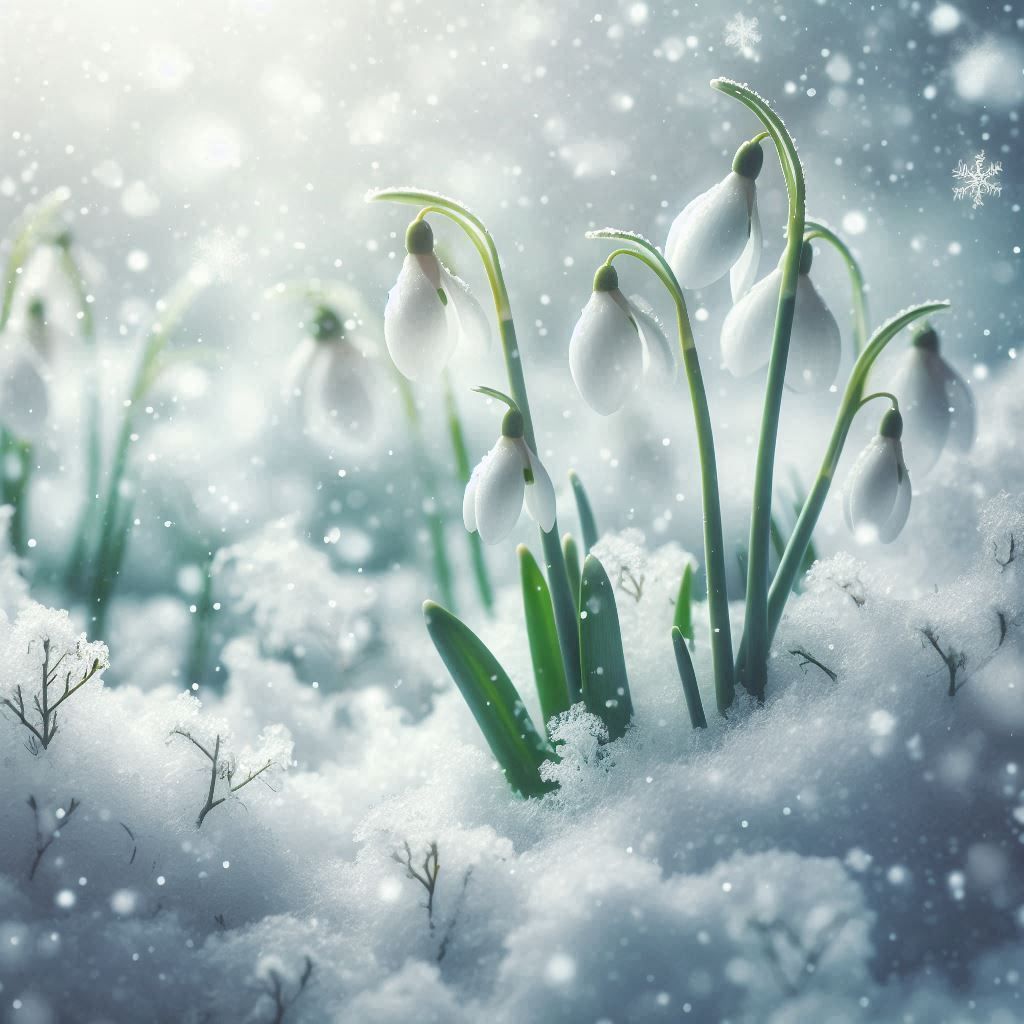October Leaves With Halloween
It is October in Lightfall Hollow, and autumn is here in all its glory. Although, to be honest, many of the current leaves are not painted in the dazzling hues of their predecessors. Their reds, yellows, golds, and oranges are less pure, more muted, and they have ugly brown splotches.
Autumns in the Alleghenies have become increasingly warm. Warmer fall temperatures reduce the amount of leaf sugar available for the creation of the anthocyanin pigments responsible for red foliage. Warmer fall temperatures can also slow the breakdown of the green chlorophyll pigment that exposes the underlying leaf carotenoid pigments of yellow, gold, and orange.
In addition, summers have become not only warmer, but more humid, and more and more, summer’s humidity is lingering through the first weeks of autumn. Too much humidity causes leaves to drop off before the chlorophyll completely breaks down and they can develop their full fall colors. While the brown splotches are from a disease caused by fungal pathogens that thrive in moist environments. To make matters worse, extremes of heat, extended droughts, and inundating rainfalls stress the trees and make them more susceptible to such fungal infections.
Nonetheless, there is still plenty of glory in an Alleghenian autumn. There are still trees with October colors that seem to pulsate with ardent life, their leaves of flamboyant red, glowing yellow, burnished gold, and vibrant orange. One of my favorite ways to savor fall is to find such a tree, stand beneath it, and look up. It is like being inside a candle’s flame. Another is to climb up on a ridge and look out at mountains covered in fiery colors, the brilliantly gleaming treetops like the paint-coated brushes of some impassioned artist.
October is the eye-popping beauty of leaves departing in a blaze of glory. As I watch them drop, I can’t help but wonder if they are also dropping a hint that their way of leaving is a magnificent way to go.
How odd it seems, but perhaps it is not, that bright, vivid October culminates with Halloween, a holiday that celebrates the dark and unseeable. Could it be another hint? A suggestion that the unknown is not as dark and hidden as we make it out to be?
In any regard, October with its Halloween is a time for stories about extraordinary spirits. So here are two of mine. One is about a haunted house and happy. The other is about an unhaunted house and sad.
Some years ago, I asked my husband to build me a root cellar. Not that I needed a root cellar. Although we live deep in the woods, a grocery store abundantly stocked with root vegetables, as well as apples and other fruits suitable for root cellar storage is less than a half hour drive away. Not to mention, never has there been an occasion when we needed groceries but could not make it to the grocery store. Even after a heavy snow, our ever conscientious township invariably plows the hollow’s road within twenty-four hours of the first flake falling. We can always get out. Also not to mention, it is just my husband and me living here at Stone Harvest, and we certainly do not eat the massive quantity of vegetables, fruits, or even canned goods that would justify having a root cellar.
Despite all that, I wanted a root cellar. I thought it would be cool.
My husband complied. He dug out the side of the hill across from the cabin and built within that space a quaint little structure of stones from our creek, complete with a rustic wooden door that has antique iron hinges, bolt locks, and a circular door pull. To add to his whimsical artistry, my husband fashioned a little stone ledge alongside the root cellar’s door. He said it was a landing pad for fairies. As I had recently begun the mighty struggle of writing fantasy tales, folkloric stories that included fairies and what would ultimately become
The Fairytales of Lightfall
Hollow, I took it as a silly, but sweet gesture of encouragement, as well as an expression of my husband’s faith in me.
Once construction of the root cellar was complete, as a final touch, on its rounded rock roof, my husband scattered spores of moss. While on the surrounding ground, I planted English ivy. Both have done well. The roof now has a plush mantle of sunshiny green moss, and shadowy green ivy vigorously climbs the cellar’s stone walls.
Behind the root cellar and up the steep hillside the entire way to the hollow’s road, I planted the bare roots of a hundred halcyon hostas, along with a hundred half-grown lady ferns I transplanted from the woods. Once both hostas and ferns were fully grown, I had visions of them cascading down the hillside and around the root cellar, a tribute to one of my favorite places on Earth, the waterfalls trail at Pennsylvania’s Ricketts Glen State Park.
It kinda worked. Although not as dramatic or as reminiscent of a waterfall as I thought it would be, and this past summer the deer totally devoured the hostas, as well as trampled to dirt many of the ferns in their greedy process. Yet, it kinda worked, and the hostas and ferns will return next year, and this coming summer perhaps the deer will have better manners and be less self-serving. (Hope springs eternal.)
Whereas my intended waterfall of hostas and ferns is somewhat of a disappointment, I must say, the root cellar is even cooler than I had dreamed.
There is only one problem. It is way too cool. Meaning the root cellar’s interior does not stay warm enough during freezing weather to store any kind of food there without it becoming frozen.
To our credit and in the name of good spirits, my husband and I tried to adapt to this harsh reality. So, the root cellar became the cava cave.
Cava is the Spanish answer to French champagne. It is the favorite wine of my husband and me. So, we figured we would stock up on cava, and because the alcohol in the wine would prevent it from freezing, store it in the root cellar now cava cave and have a wonderful winter.
However, it turns out the temperature in the root cellar cava cave gets low enough for even wine to freeze. And, oh, explode too. Hmm.
Still, as much as my husband’s creation failed both as a root cellar and cava cave, it is a remarkably successful work of imagination. And while I do not believe fairies physically exist but are instead the personification of the abstract force I feel present in all of nature, it is hard for me not to believe some fairy, in one supernatural form or another, proved just that.
Because as I struggled to write fairytales, I got to a place in a certain story, “Glamour and the House of Gold” where I was trying to describe a fairy’s dream house, but my mind’s eye kept closing on me. That happens sometimes, and when it does, my usual attempt at a solution is to go outside and get some fresh air. Well, when I exited the cabin, I looked over at the root cellar cava cave, and there sitting upright on its fairy landing pad was a stone unmistakably in the conical shape of a simple hut. Where a door would be was an indentation, as if the hut had an open door.
As to how that stone in the shape of a hut got there, I do not know. There is no way it could have rolled down the hill behind the cave, over the mossy roof, and down the ivy-tangled stone wall to perfectly land on the little, narrow front ledge. Nor do I believe a stone could have jumped up and onto the ledge from the equally ivy-tangled ground in front of or alongside the cave. Nor had my husband and I had any guests that day or for several preceding days who might have placed it there as a practical joke. And, besides, no one, not even my husband knew what I was trying to write right then. But that is how the dream house of the fairy Gold in
The Fairytales of Lightfall Hollow
came to be a simple hut with an open door.
It is a house that has haunted me ever since. It is a happy haunting, and I feel blessed. But by exactly what, I do not know. It’s a mystery. As it should be.
The fairytale, “Glamour and the House of Gold,” is particularly important to me because it is the yarn dedicated to and inspired by my husband. It is based on a question he once asked that I found indicative of incredible insight. Which leads me to the sad story of the unhaunted house.
It began when my husband and I were visiting a famous house that was once a private residence but is now open to the public. There is no denying that the house is impressive, stupendously gorgeous, and an architectural wonder. Yet, as we were touring its rooms, I kept getting the feeling there was something missing, and its absence had deconstructed the house to be foundationally cold, sterile, gloomy, and inhospitable. Yet, I could not figure out what it was that was missing.
But then in a disenchanted voice, my husband asked the tour guide a question. “Have children ever played here?” That question hit me like a lightning bolt, and I knew what was missing. However, it was not flesh and blood children. Rather, what was lacking was even a wisp of a haunting by a childlike spirit. In other words, in that glamourous, perfect abode, there was no presence of the fun-loving, playful, even silly essence that makes a house comfy, charming, cheerful, and welcoming.
To obtain the blithe haunting that rules in a home sweet and lovely, a house needs less glamour and more simplicity. And imperfections are a must. Because perfection is lifeless and not for humans. Peculiarities make a house interesting. Wear and tear creates a home well lived in. While the ravages of time are the keepers of the precious memories of the home’s inhabitants.
There is nothing sadder than a house not haunted by a childlike spirit that, yes, messes things up, but also breathes life into a house and makes living in such a home wonderful.
Well, anyhow, those are my October leaves and Halloween stories. They may not be scary, but they are true. So there!
Boo!

Credit: Bing Image Generator
Share this post via









